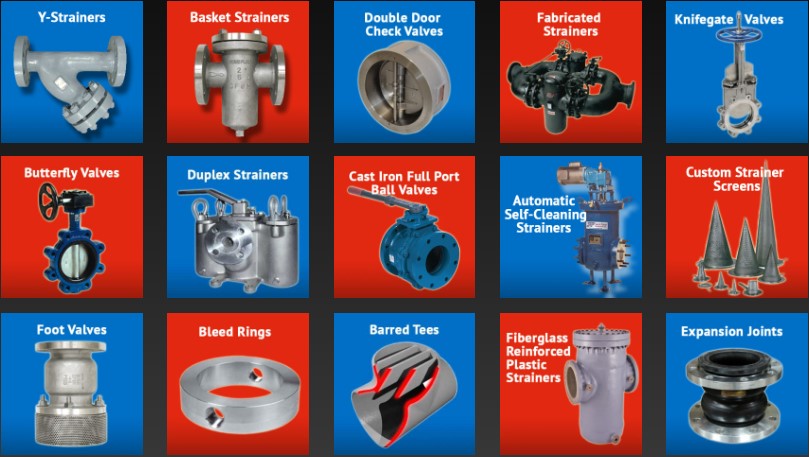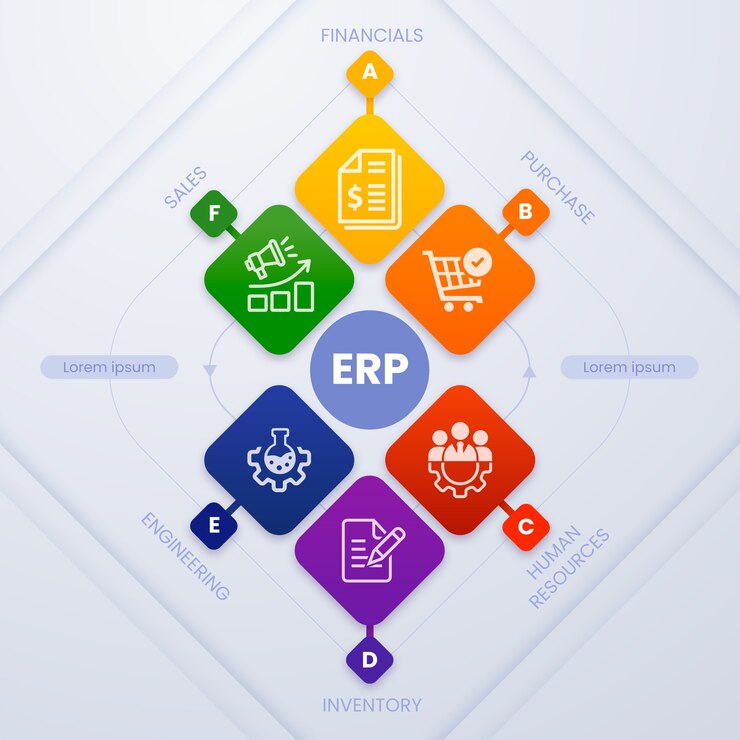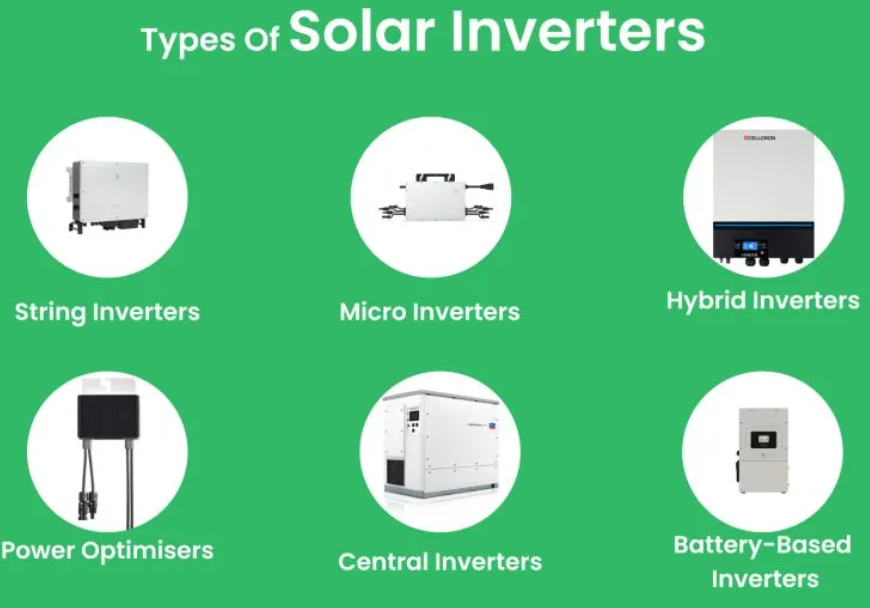Sim racing isn’t just a game—it’s a deeply immersive experience that blends the thrill of motorsport with the comfort of home. Whether you’re chasing lap records in iRacing or looking to step into the world of competitive racing simulators, building the right rig is essential. The right setup enhances performance, improves comfort, and delivers that real-world feel that sim racers crave.
But with so many components on the market, where do you start? Whether you’re looking for the best racing sim for adults or a complete racing sim for beginners, this guide will help you break down each crucial piece of the puzzle—and how to build the perfect racing rig that suits your skill level and goals.
1. 🏗️ The Frame: Your Foundation for Stability
Everything starts with the chassis. The racing rig frame holds your steering wheel, pedals, seat, and sometimes your monitors—so it needs to be rock solid.
For beginners, a steel frame may suffice. But for serious sim racers, especially adults who want a long-lasting, high-performance build, aluminum profile rigs like the ones offered by Apevie are ideal. These frames are:
- Rigid and durable (no flex during aggressive driving)
- Highly customizable (mount everything from shifters to handbrakes)
- Future-proof for component upgrades
A high-quality frame is non-negotiable if you’re planning to grow in this hobby.
2. 🛞 Steering Wheel: The Heart of the Experience
No component impacts your sim racing experience quite like the steering wheel. Entry-level setups may offer basic force feedback, but if you’re serious about immersion and precision, you’ll want a direct-drive wheel.
Direct-drive wheels provide a 1:1 torque response, mimicking real-world steering dynamics. They’re quiet, smooth, and offer unparalleled detail when feeling the road or curb vibrations.
For example, high-performance setups from brands like MOZA, Fanatec, and Simucube have become staples among pro-level sim racers. These options also allow for detachable wheel rims so you can switch between F1, GT, or rally-style wheels.
If you’re shopping for the best racing sim for adults, investing in a top-tier wheelbase is essential.
3. 🦶 Pedals: Precision in Every Brake and Throttle
Many beginners underestimate the importance of a good pedal set. Stock pedals often use potentiometers, which can feel inconsistent and wear out over time. In contrast, load-cell pedals measure pressure rather than travel—allowing for much finer control.
Why does this matter? Because braking is where most lap time is gained or lost. A good brake pedal will help you:
- Trail brake accurately
- Avoid lockups
- Build muscle memory like real racing drivers
Look for a three-pedal setup if you plan on using a manual shifter, and ensure your rig supports adjustable pedal mounting angles for comfort.
4. 🪑 Racing Seat: Comfort Meets Control
Racing for hours means your seat needs to offer more than just a cool aesthetic—it needs to be comfortable and supportive.
For the complete racing sim for beginners, consider a reclinable bucket seat that offers flexibility and padding. But for more advanced racers, a fixed-back racing seat offers better stability and ergonomics during long stints or intense races.
Make sure your seat has a slider for position adjustment and enough rigidity to stay firmly mounted under pressure.
5. 🖥️ Monitors or VR: Seeing Is Believing
Your visual setup is just as important as your hardware. You generally have two great options:
- Triple Monitor Setup – Offers a wide field of view, ideal for track awareness. Requires a solid monitor stand and GPU support.
- VR Headset – Immersive and great for realism, but can be physically demanding and requires powerful hardware.
For the average adult racer, triple monitors offer the best balance of immersion, comfort, and competitiveness.
6. 💻 PC and Specs: Powering the Experience
The most realistic setup in the world won’t work without a powerful PC to run it. For a smooth experience, especially with high-end racing sims like Assetto Corsa Competizione, iRacing, or rFactor 2, you’ll need:
- CPU: Intel i7 or AMD Ryzen 7 (or better)
- GPU: NVIDIA RTX 4070 or higher for triple-monitor or VR support
- RAM: At least 16GB (32GB recommended)
- SSD: Fast load times and smooth data streaming
If you’re just starting out and want a complete racing sim for beginners, opt for prebuilt PCs that meet these minimum specs—like those included in Apevie’s turnkey systems.
7. 🎮 Software and Platforms: Choosing the Right Sim
The final piece is the racing software. Some of the most popular platforms include:
- iRacing – The gold standard for competitive, subscription-based sim racing
- Assetto Corsa & Competizione – Great for GT racing and modding
- rFactor 2 – Known for physics accuracy
- Forza & Gran Turismo – More arcade-style, better for beginners
Choose a platform that matches your goals—whether it’s casual driving, league racing, or practicing for real-world events.
Final Thoughts: Your Dream Rig Is Within Reach
Building the perfect racing rig is a mix of passion, performance, and personalization. From sturdy aluminum cockpits and load-cell pedals to immersive visual setups and high-torque wheelbases, every component matters when crafting a system that delivers speed and realism.
Whether you’re hunting for the best racing sim for adults or researching a complete racing sim for beginners, start with your goals and invest in quality components that will grow with you.
If you’re looking to skip the guesswork, Apevie’s all-in-one racing simulators are engineered for performance, comfort, and future upgrades—making them the perfect starting point for racers at any level.






